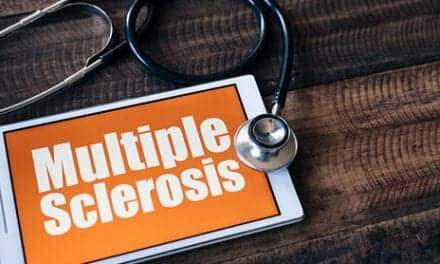Recent research presented at the American Orthopaedic Society for Sports Medicine’s (AOSSM) Specialty Day indicates that pitching speed, a player’s height, and pitching for multiple teams may correlate with a history of shoulder and elbow injuries.
Peter N. Chalmers, MD, lead author, Rush University Medical Center in Chicago, where the study was conducted, explains in an AOSSM news release that the study’s findings suggest “that a 10-inch increase in height is associated with a 20% increase in likelihood of a history of injury, a 10-mile per hour increase in velocity is linked with a 12% increase likelihood of a history of injury, and playing for more than one team is associated with a 22% increase in the likelihood of a history of injury. Using these three factors alone allowed accurate predication of 77% of injury histories.”
During the study, the release says Chalmers and co-authors Terrance Sgroi DPT, Andrew Riff MD, Matthew Lesniak DPT, Eli Sayegh BS, Nikhil Verma MD, Brian Cole MD MBA, and Anthony Romeo MD, evaluated 420 youth and adolescent pitchers in pre-season training using two-camera, high-definition, high-speed video analysis. Additionally, the players’ pitching and injury history were also collected. A total of 31% had a history of previous injury and 30% had current pitching-related pain, the release says.
The release says the study is one of few to evaluate breaking pitches as a risk factor for injury, although breaking pitchers did not correlate with injury history once the authors had accounted for pitch velocity, the release says.
Chalmers notes that pitching velocity was the single strongest correlate with a history of shoulder and elbow injury.
“The current USA Baseball, Little League America, and Major League Baseball recommendations lead to youth and adolescent pitchers throwing a lower number of pitches at a high velocity, but this strategy may not decrease the “peak” stresses experienced by the elbow and thus may not decrease the risk of injury. Further study is needed,” Chalmers emphasizes.
Source(s): Science Daily, AOSSM




